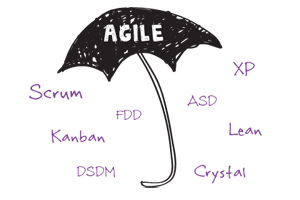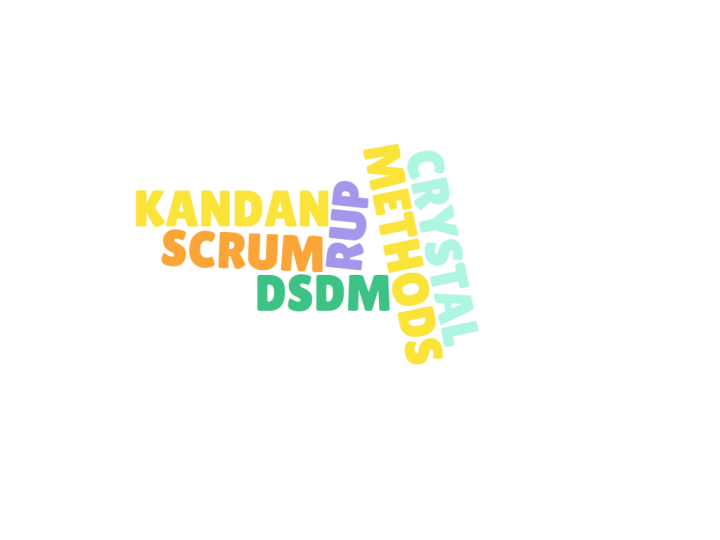Manifiesto por el Desarrollo Ágil de Software:
Estamos descubriendo formas mejores de desarrollar
software tanto por nuestra propia experiencia como
ayudando a terceros. A través de este trabajo hemos
aprendido a valorar:
Individuos e interacciones sobre procesos y herramientas
Software funcionando sobre documentación extensiva
Colaboración con el cliente sobre negociación contractual
Respuesta ante el cambio sobre seguir un plan
Esto es, aunque valoramos los elementos de la derecha,
valoramos más los de la izquierda.
http://agilemanifesto.org/iso/es/manifesto.html
Esta técnica nos habla de cómo trabajar juntos con el usuario para llegar al objetivo en común.
Para llegar al objetivo tenemos que seguir los siguientes pasos:
1.- Planificación del programa:
2.- Diseño del programa: Se tienen que definir los procesos.
2.- Construir el programa.
3.- Probar el programa.
4.- Revisar el programa.
5.- Lanzar al mercado.
Beneficios de agile:
- Satisfacción del cliente por la rapidez de entrega y por las mejoras continuas que se realizan.
- La persona y la interacción son el énfasis, no lo son los procesos ni las herramientas.
- El (los) desarrollador(es), el (los) cliente(s) y los probadores interactúan constantemente entre sí.
- El software desarrollado se entrega frecuentemente (meses en lugar de meses).
- La conversación cara a cara es la mejor forma de comunicación.
- La cooperación entre las personas de negocios y los desarrolladores es cercana.
- Atención continua a la excelencia técnica y buen diseño.
- Adaptación regular a las circunstancias cambiantes.
- Incluso cambios de requerimientos tardíos son bienvenidos.
Desventajas de agile:
- Existe falta de énfasis en el diseño y la documentación necesaria.
- El proyecto puede fácilmente salirse fuera de los objetivos si el representante del cliente no es muy claro con lo que desea.
- Es muy complicado que este modelo lo tomen los programadores novatos debido a el tipo de decisiones que se puedan Continue reading "Agile software development"










